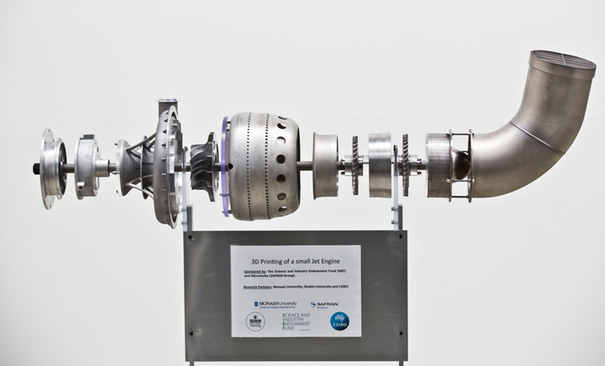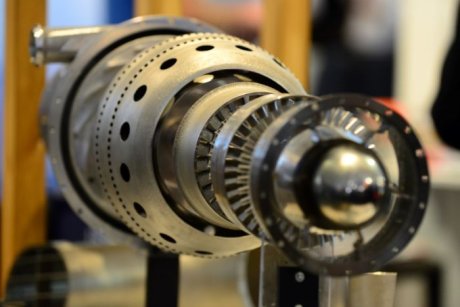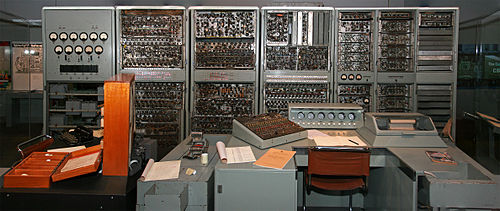World-First 3D Printing… Now what?

There are moments in history that require capability, vision, skills and will.
Amaero Engineering recently demonstrated an additive manufacturing process at the Avalon Airshow that gives us [Australia] the capability to manufacture complex metallic components by laser-based additive manufacturing – 3D printing.
In a global-first, they have created a Jet-Engine using a 3-D printer.

In effect, this allows “on-demand” production of complex, high-value parts and systems.
Dr Robert Hobbs from Amaero Engineering said
“We’ve talked about how it can be useful in the aerospace industry, but we see enormous applications in the biomedical industry,”
This could literally mean human-body parts, limbs, and associated medical procedures being produced on demand.
The humanitarian and economic opportunities of such technology appear limit-less.
But….
Those of you that know the story of CSIRAC will know that there was a time when Australia was unquestionably one of a select few of the GLOBAL leaders in computerisation. CSIRAC was the fourth computer in the world and was designed and built in Australia.
It made its first successful test run in November 1949.
CSIRAC is the only intact first-generation computer surviving anywhere in the world. It is a Museum piece worthy of a visit.
Whilst such stunningly complex achievements were not uncommon in Australia, historically, being a leader in this field did not seem to provide the obvious benefits gained by others over the decades.

Globally competitive clusters are not things that can simply be artificially constructed. These are a combination of capability, vision, skills and will.
Unquestionably, the work of Monash University [one of Victoria’s/Australia’s very high quality Institutions] and the Amaero group demonstrate that we have the capability, the vision and the skills to succeed as a world-leader.
The challenge will now be the policy-space that ensures this fledgling opportunity results in the greatest opportunities to succeed. This is not about “picking-winners”- we have seen the results of those policy positions for many decades. This is about genuine government-industry partnerships to re-establish the basis of a new and globally significant manufacturing capability in Victoria and Australia.
Let’s watch closely and hope the State and Federal jurisdictions involved can provide sovereign support in ways that won’t see the Amaero printing system sitting next to CSIRAC in 40 years at the Melbourne Museum.
Links:
- ABC News – Original article
- Amaero Engineering – Additive Manufacturing
- Monash University
- Safran
- Museum Victoria – CISRAC
- Institute for Strategy and Competitiveness – Michael Porter



